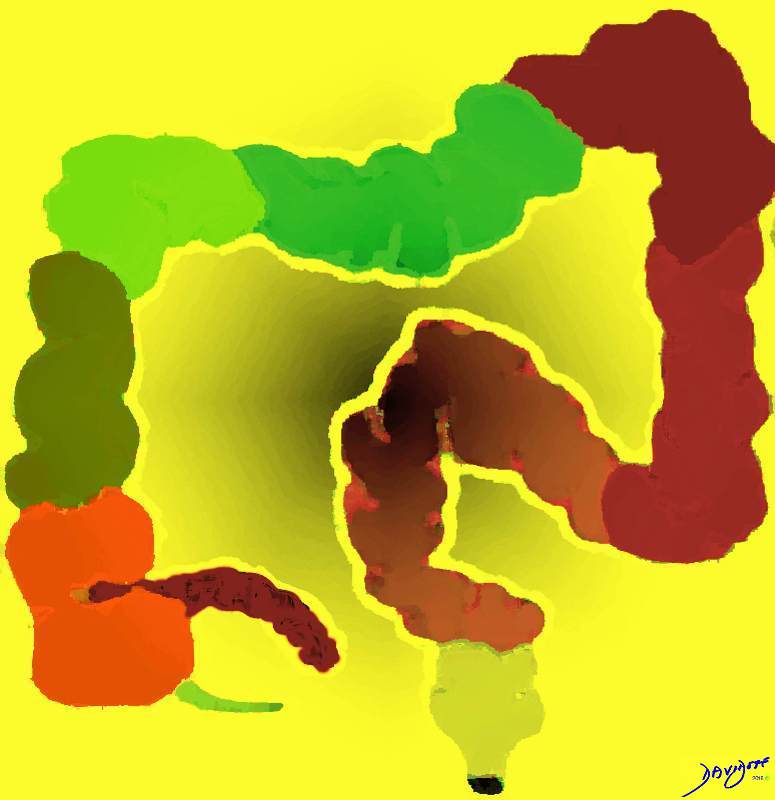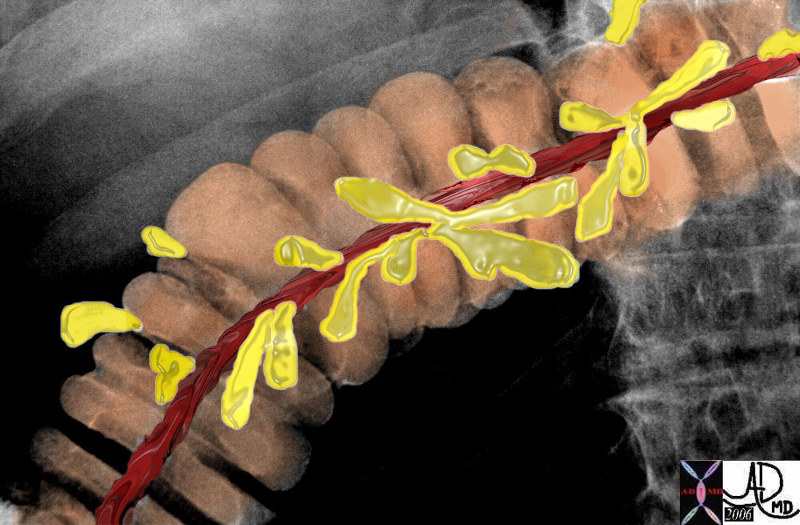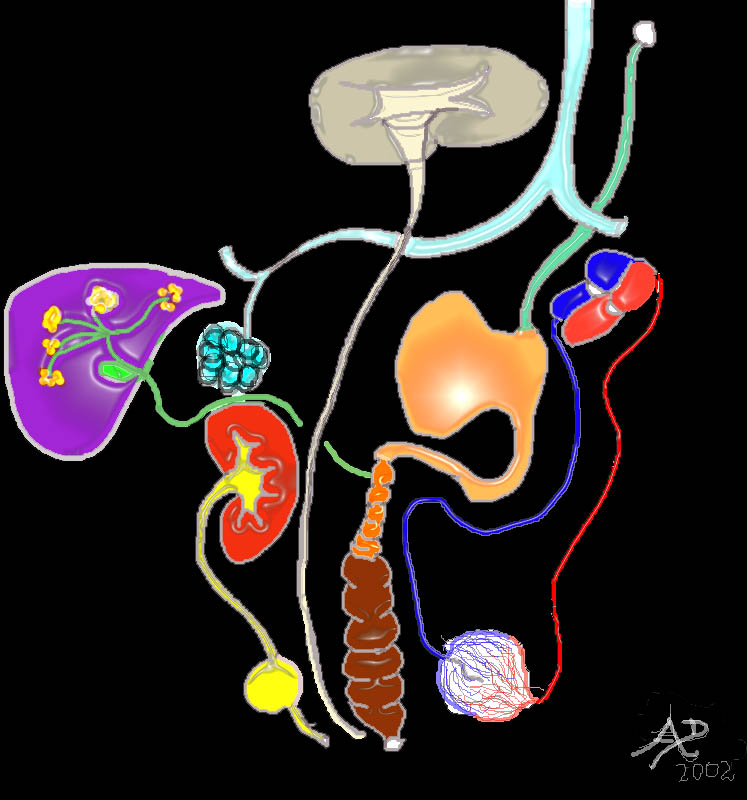
Introduction
The colon has not captured the imagination of poets, artists, and historians to the extent that other organs such as the heart, liver, and the brain have. The colon on the other hand is usually a subject that is avoided in cultured circles and is commonly the brunt of coarse jocularity in casual circles. Its contents are usually compared and used as expressions and expletives of disgust and disagreement, while reference to its tail end is used in reference to the last and the least. However when one explores this organ in the objective world of science and biology, one can only look upon its importance in water balance, and its beauty of form and function with admiration. Rather than looking down on the organ we should look up to it (like the endoscopist does) and express our gratitude that it not only has taken on the dirtiest job of the body, but that it performs its job with aplomb and humility. To understand the importance of the intact and functioning colon, one only has to review the ravaging results of the untreated or poorly treated effects of cholera. Unreplaced water and electrolyte loss leads to a mortality ranging from 50-90%. The inhumility suffered by the incontinent elderly (“but for the grace of God go I”) also reminds one of the importance of this organ in the maintenance of physical and psychological health. Almost 50 years after the event, I can still remember the embarrassment and fear of a child who had been incontinent of feces as he stood frozen at the front entrance of the classroom during recess.
In health the colon serves to;
(1) Concentrate fecal effluent by absorbing water and electrolytes,
(2) Store and control evacuation of fecal material and
(3) Digest and absorb undigested carbohydrates as a lesser function.
However the colon is not essential for survival, but its functions contribute significantly to the overall well-being of humans. Patients who have had total colectomies for ulcerative colitis, Crohn’s disease, or ischemic colitis can survive since the small bowel will assume the functional void left by the absent colon.
There are three outstanding morphological features that are unique to the colon.
1) 3 longitudinal muscles called taenia coli that run almost the entire length of the colon.
2) Sacculations or haustra that result from the “pleating ” of the colon caused by the taenia coli
3) Odd looking fatty growth excrescences called appendices epiploica that arise from the pericolonic fat
While the structure of the taenia and haustra seem to have functional relevance, the structure and function of the appendices epiploica remains a mystery.

|
Characteristic features of the colon |
| This overlay of the transverse colon reveals the three outstanding morphological features of the colon including the bright yellow appendices epiploica, one of the three longitudinal muscles called the taenia coli in maroon and the sacculations called haustra caused by pleating of the colon by the taenia.
Courtesy Ashley Davidoff MD 31837b03 |
Principles
The colon is a muscular and tubular organ and is specifically designed for water and electrolyte reabsorbtion and the storage, transport and evacuation of feces. In general the body is made up of tubes and factories. The factories process and produce and the tubes transport. As in any functioning system, whether it is biological or otherwise, there are controlling influences that govern supply and demand, and in the case of the body these controlling systems are executed through the nerves and hormones of the body

|
The tubes of the body |
|
Examples of tubes include the gastrointestinal system, tracheobronchial tree, the biliary system, circulatory system, and urinary system. Even the brain needs a tubular system to allow for the transport of CSF. The colon is the downstream end of the gastrointestinal system. In the diagram you can identify some of the aforementioned tubular systems Courtesy Ashley Davidoff MD 32368 323683236832368 32368 32368 |
As a tube the colon is subject to the laws, principles, and physics of tubes. Relevant factors relating to rate and velocity of tubular flow include radius, length, pressure differences, type of content being moved, and resistance within the tubular system. The function of the colon is to mix the chyme and absorb the remaining water in the right colon, while slowly moving the product onward to the left colon where storage is the major function. Finally evacuation requires rapid movement and expulsion of a relatively bulky product.The colon needs to have a large surface area to increase its absorptive powers, which it accomplishes by folding its mucosa inward to form crypts, the so called crypts of Lieberkuhn. The small bowel also uses a similar structural trick of increasing its functional surface area by its villous microstructure, while the lung bulges its surface area by forming grape like sacculations called alveoli around its ductal system.
